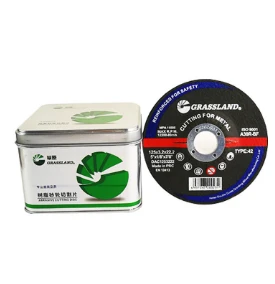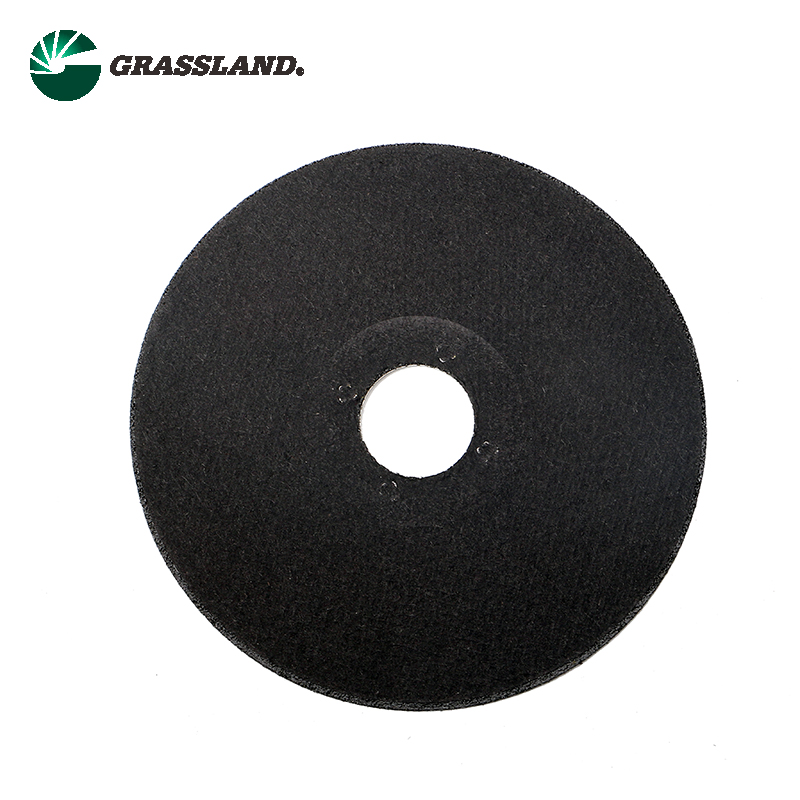

The safety aspect cannot be overstated. Trusting reputable brands is fundamental to ensure that the cut-off wheels meet safety standards and provide reliability. Trusted manufacturers often conduct rigorous testing and provide specs indicating the maximum safe rotational speed, material composition, and intended applications. Users should always verify these specifications against their equipment to ensure compatibility and safety. Moreover, when working with aluminum, ventilation and spark containment are pivotal. Unlike cutting steel, aluminum dust can be hazardous and is flammable. Therefore, utilizing a dust collection system and keeping the work area clean not only speeds up the process but also ensures a safer environment. Additionally, wearing proper personal protective equipment (PPE), such as safety glasses, gloves, and protective clothing, further increases trustworthiness in tool handling. In the realm of maintenance and prolonged usability, storing the cut-off wheels in a cool, dry place, away from any potential source of moisture, can avert premature deterioration. If ever exposed to moisture, even inadvertently, the wheel's integrity could be compromised, leading to safety hazards. In conclusion, understanding the nuances of using a cut-off wheel for aluminum is indispensable in achieving high-quality outcomes without compromising safety or efficiency. This specialized knowledge, backed by established expertise and practices, not only enhances cutting performance but also builds credibility and reliability in the industry. Through deliberate selection and meticulous handling of cut-off wheels, craftsmen can ensure precision and safety, credentials that are valued immensely in any high-stakes working environment. By acknowledging and adapting to these specificities, users can fully leverage these tools, strike a balance between speed and accuracy, and ultimately, extend the lifespan of their equipment and materials alike.
Post time:Feb - 10 - 2025

















